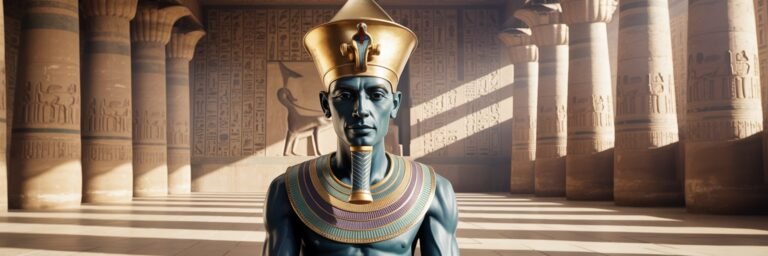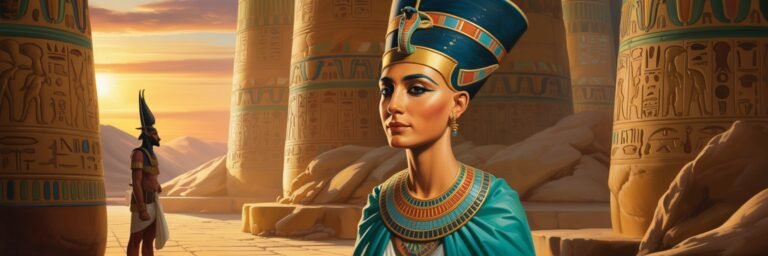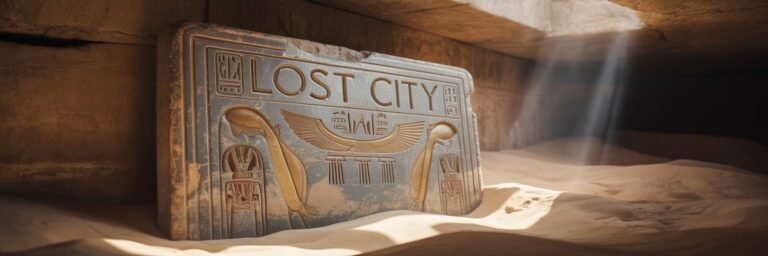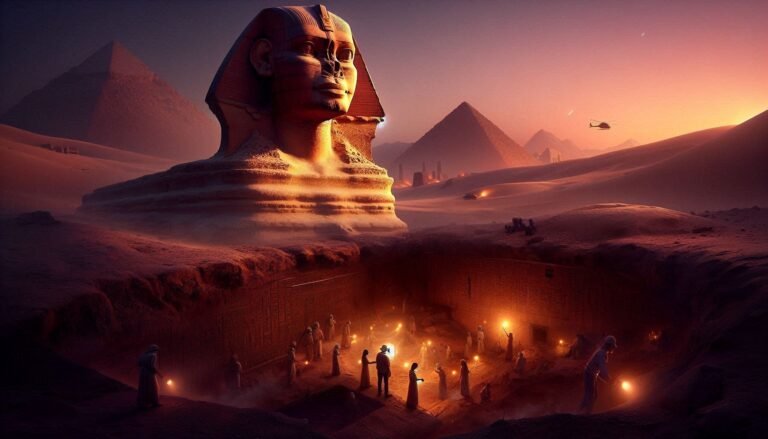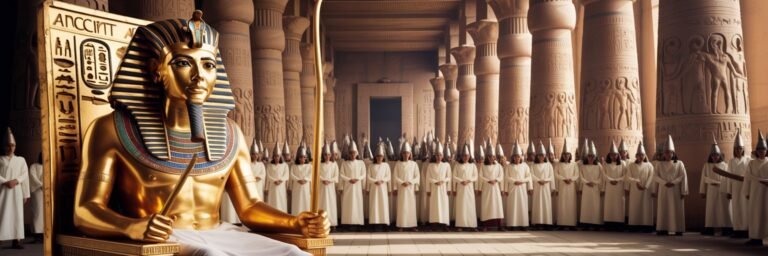INTRODUCTION
Before the Great Pyramids and Sphinx of Giza made their mark in history, the Nile Valley cradled a vibrant civilization that would have a profound impact on the world. A society renowned for its architectural advancements, systemic governance, and intricate spiritual philosophies, Ancient Egypt’s brilliant heritage leaves traces that continue to be unraveled by historians, archaeologists, and researchers. This article endeavors to go beyond the popular narratives of pharaohs and gods, aristocrats and slaves, to shed light on the untold stories of this long-lost culture.
HISTORICAL BACKGROUND
Ancient Egypt’s timeline can be segmented into different periods, including the Predynastic period (6000-3150 BCE), the Old Kingdom (2700-2200 BCE), Middle Kingdom (2050-1652 BCE), New Kingdom (1550-1070 BCE), and finally Late Period (1070-332 BCE). From nomadic tribes settling along the Nile’s fertile plains to the glittering era of pharaohs, Egypt’s story is filled with ebbs and flows of power, prosperity, and decay.
The Unification of Upper and Lower Egypt under King Narmer (or Menes) in 3100 BCE marked the early beginnings of a centralized state, laying the groundwork for a society known for its complex bureaucracy. Undeniably, it was the adroit management of Nile floods that powered the agrarian economy and enabled Egypt to blossom into a grand civilization.
THEORIES AND INTERPRETATIONS
Mainstream historical interpretation sees Ancient Egyptian civilization as a testament to humanity’s ability to master nature for societal progression. However, some theorists, such as renegade Egyptologist John Anthony West, propose a revisionist history suggesting Egypt’s monuments, particularly the Sphinx, are thousands of years older and testimonies to an advanced prehistoric civilization.
Graham Hancock, another provocative author, argues for a ‘lost civilization’ that imparted its knowledge to the early dynastic Egyptians. This controversial theory, though beautiful in construct, is yet to gather substantial archaeological evidence.
It’s prudent to recollect that historical narratives are shaped and reshaped over time, subject to evolving methodologies, discoveries, and even biases. Egypt, with its millennia-old secrets, embodies this truth.
MYSTERIES AND CONTROVERSIES
The allure of Ancient Egypt lies partly in its enigmatic mysteries. The Great Pyramid of Giza, the last of the Seven Wonders of the Ancient World, furthers the controversies, with debates raging over its construction techniques and purpose. Some postulate a correlation between the pyramid’s dimensions and astronomical constants, fueling conjecture about an esoteric wisdom possessed by the ancient Egyptians.
Equally contentious is Pharaoh Akhenaten, who, in his religious fervor, introduced monotheism, worshiping the Aten Sun Disk. His radical shift from polytheism to monotheism, paired with his unconventional depictions in art, marks him as an enigmatic figure to this day.
SYMBOLISM AND CULTURAL SIGNIFICANCE
Symbolism permeated every aspect of Ancient Egyptian life, from their religion to their architecture. Symbols like the Ankh, believed to represent eternal life, the Scarab, symbolizing rebirth or transformation, and the Eye of Horus, indicating protection, weave a rich tapestry of beliefs and values.
Their elaborate death rituals, primarily the mummification process and burial in decorated tombs, allude to their profound belief in the afterlife. These practices echo their cultural and spiritual significance, marking Ancient Egypt as not merely an ancient civilization but a thought-provoking culture that dared to look beyond mortality’s confines.
MODERN INVESTIGATIONS
Modern investigations into Ancient Egypt navigate a fascinating interplay between art, science, and technology. With advancements in radiocarbon dating, DNA research, and remote sensing technology, historians are peeling back layers to reveal more intricate details about ancient Egyptian lifestyle, belief systems, and knowledge.
The controversial ‘Scanning the Pyramids’ project, for instance, used particle physics to detect a mysterious void in the Great Pyramid of Giza. Meanwhile, bioarchaeological investigations unveiled prevalent diseases, health statuses, and even mummified parasites, breathing life into our impressions of the past.
LEGACY AND CONCLUSION
The legacy of Ancient Egypt resonates strongly in today’s culture and consciousness. From our fascination with Cleopatra’s beauty to our metaphoric renderings of ‘pyramids,’ Egypt has profoundly shaped our historic and cultural understanding. Hollywood movies, literature, and pop culture continually weave narratives around its compelling lore.
Yet, beneath the cultural clichés and myths, the true essence of Ancient Egypt unfolds—a civilization extraordinary in its intuition, grandeur, and resilience. This vivid tableau of life, where spirituality, arts, and daily pragmatism intertwined, holds a mirror to our own historical journey, humanity’s evolving narratives, and the unforgettable imprints of a civilization lost in the sands of time.
Ancient Egypt’s story may be partially told and untold, written and unwritten, remembered and forgotten, but its mystique endures. Amidst the echoes of hieroglyphs, in the shadows of the pyramids and temples, lies an unyielding allure, an invitation to continually seek, question, and marvel at the remarkable tale of human endeavor and ingenuity that was, and is, Ancient Egypt.

